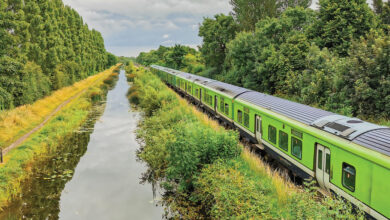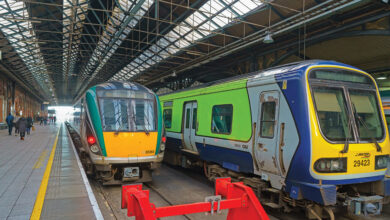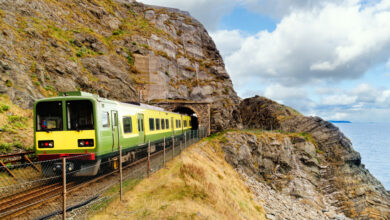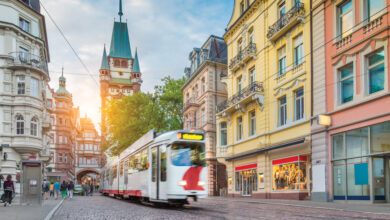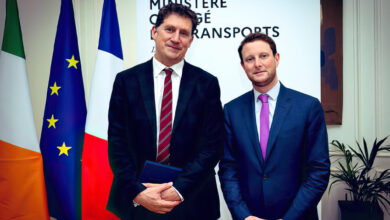The National Water Forum calls for the development of a national strategy for domestic water conservation
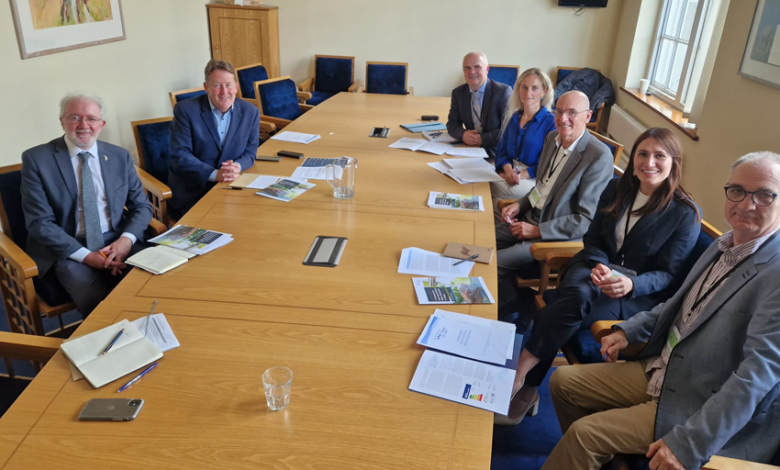
The Water Forum was established in 20181 to provide a platform for stakeholder engagement on all matters relating to the management of Ireland’s water resources.
The Forum provides an opportunity for stakeholders to debate and analyse a range of issues with regard to water quality, rural water policy, issues of concern to customers of Uisce Éireann, the implementation of the Water Framework Directive and the River Basin Management Plan. We consult with key agencies and commission research to leverage expertise, insight, and knowledge to make sure any policy positions developed are based on the most up-to-date science and information. In accordance with the Water Services Act 2017, the Forum has an advisory function in relation to water quality, water conservation and future proofing.
Why is a national strategy for water conservation necessary?
Ireland has abundant rainfall, over 12,000 lakes and 84,000km of river channel, yet water supply is under pressure in certain places and at different times of the year. We have experienced widespread water supply restrictions following extended dry periods over recent years, with national hosepipe bans in 2018 and 2020. Climate change will result in longer dry and drought periods in the summer months, particularly impacting the south and east of the country. The population is set to rise by up to 40 per cent by 2050 and this will put further pressure on water resources. Uisce Éireann state that 58 per cent of water supply zones have a supply risk at current demand, which increases to 66 per cent during drought conditions. Demand management, or reducing wastage of water, is essential to support a resilient and sustainable water supply.
Ireland’s water supply infrastructure is poor, with a leakage rate of treated water currently at 38 per cent. Significant and ongoing investment is needed to make water supply sustainable across all water resource zones. The three pillars of Uisce Éireann’s National Water Resources Plan is to use less, lose less, and supply smarter. While work on the national strategy to reduce leakage from 38 per cent to 21 per cent by 2040 is ongoing, the use less objective remains reliant on water stewardship initiatives and water conservation awareness programmes such as the Green Schools programme.
Developing a national strategy for water conservation
To support the formulation of policy advice on water conservation, the Forum commissioned research on domestic water conservation in Ireland, which was carried out by Sarah Cotterill of University College Dublin and Peter Melville-Streeve of the University of Exeter.
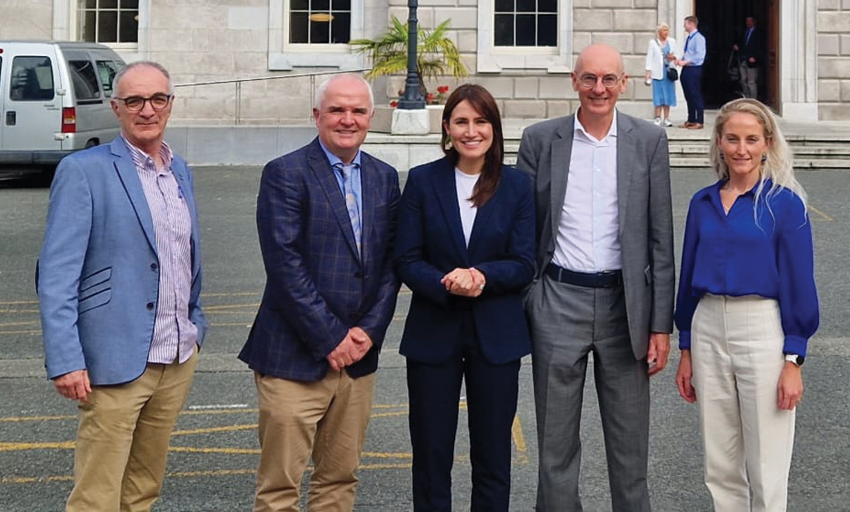
The research indicated that increasing efforts to conserve water provides multiple benefits:
- Reducing water demand will reduce the volume of water taken from the local waterbodies thereby protecting nature and water habitats from over abstractions.
- Less demand means less energy is consumed in abstracting and treating water which reduces costs and greenhouse gas emissions, therefore acting as a climate mitigation measure.
- 19 per cent of the energy used in the home is to heat water, transitioning to using more water efficient technologies and alternative water sources, such as rainwater harvesting, will decrease carbon emissions and energy costs in the household.
Forum member organisations
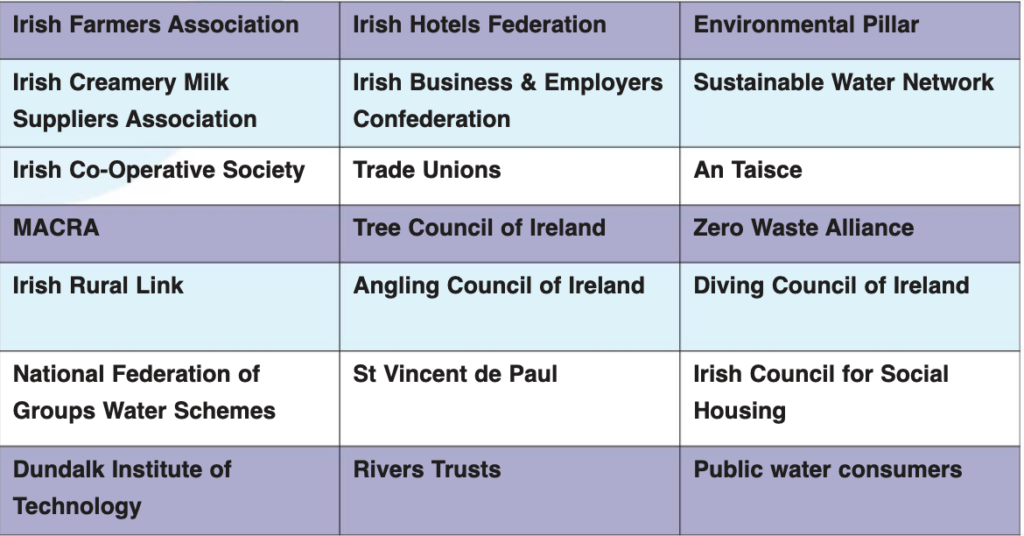
A policy brief informed by the research presented 10 recommendations to support the development of a National Framework for Domestic Water Conservation in Ireland, which has been approved by members of the Water Forum.
Water Forum policy position on water conservation
To further inform its policy advice, the Forum commissioned two research projects on the potential impacts of climate change on water quality and on water quantity in Ireland. This research provides the Forum with the most up-to-date projections of the potential impacts of climate change on water resources. This knowledge has been used to support the development of the Forum’s Policy Position Paper on Water Conservation which identifies policy interventions to improve water conservation.
Presentation of the policy position to the Minister
In July 2023, a representation of Forum Members and Executive along with Sarah Cotterill, presented the Forum’s Position Paper and Policy Recommendations to Minister Darragh O’Brien TD, Minister of State Malcolm Noonan TD, and to members of the Water Policy Unit at the Department of Housing Local Government and Heritage. The Government’s Housing for All policy, which aims to build over 300,000 new homes in the next decade, provides an excellent opportunity to advance domestic water conservation. A strategy to make these new homes water efficient could reduce domestic water demand by 25 per cent per person per day, reducing pressure on water supplies.
The Forum has also made recommendations to the Climate Action Regional Offices (CARO) to include water conservation as an action for climate change mitigation and adaptation, which should be included in local authority climate action plans. The Forum has shared its policy position on water conservation and made recommendations to the Climate Change Advisory Council for consideration in the 2024 Climate Action Plan.
Policy brief: https://thewaterforum.ie/app/uploads/2023/03/Water-Forum-Domestic-Water-Conservation-Policy-Brief-Final.pdf
Water Forum Policy Position: https://thewaterforum.ie/app/uploads/2023/05/Water-Forum-Policy-Position-on-Water-Conservation_Final.pdf
E: gretta@nationalwaterforum.ie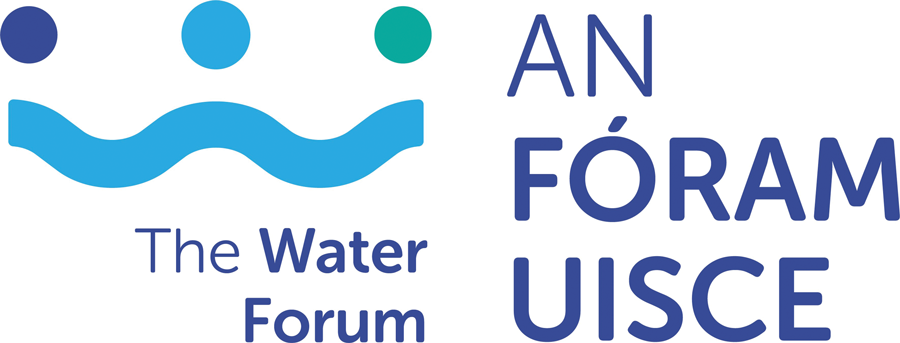
W: www.thewaterforum.ie
S: @anforamuisce

